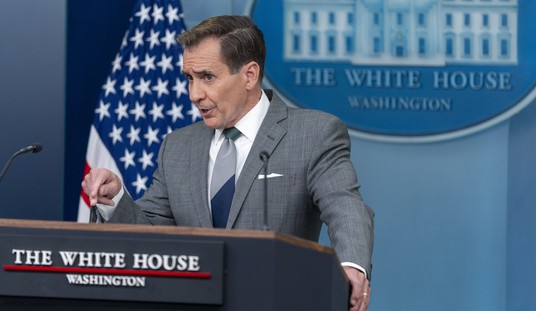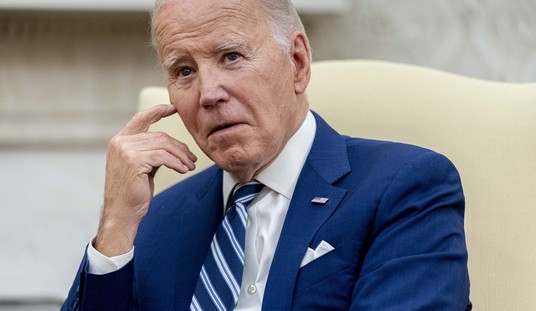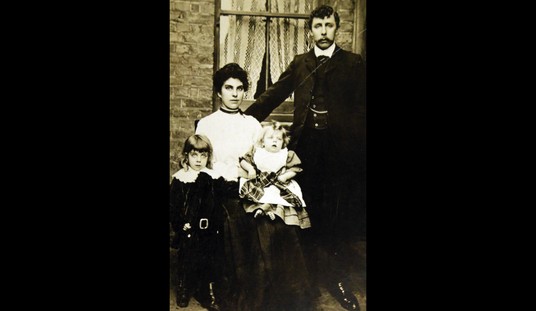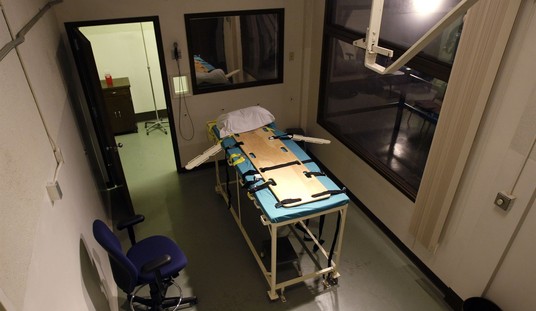This nation is in trouble. Unfortunately, rather than recognize that they are a large part of the problem, today’s union bosses would rather obfuscate and attack those trying to reform the government-union system. Today, unions and their allies are engaging in rallies throughout the country decrying the so-called union-busting (or, more likely, the loss of their union dues). Meanwhile, America’s financial future continues careening toward a cliff, with union bosses and their political puppets refusing to turn the wheel.
After more than a month of protesting efforts to reform the government-union system, as well as threatening lawmakers and bullying businesses, union bosses are using the anniversary of the assassination of Martin Luther King to stage nationwide demonstrations of “solidarity” with government unions. The problem is ignoring the problem. Despite the protests, despite the rancor, there is no more time and, more importantly, there is no more money. The piggy bank is empty.
You’ve probably heard that states and municipalities have underfunded pension problems that could be as much as $3 trillion (or more), one area that is not being talked about nearly enough is the amount that we, the taxpayers, owe to government workers for their retiree health care costs.
In 2010, the Pew Center on the States released a report that spelled out the underfunding of state pensions and, as importantly, retiree health care costs. While it is important to note that the data used was from FY 2008 (and is the most recent list compiled), as you will see, the severity of the shortfalls even then is astounding.
Some things to factor before viewing the data below:
As Pew noted when releasing the report last year:
Pew’s figure actually is conservative, for two reasons. First, it counts total assets in state-run public sector retirement benefit systems as of the end of fiscal year 2008, which for most states ended on june 30, 2008—so the total does not represent the second half of that year, when states’ pension fund investments were devastated by the market downturn before recovering some ground in calendar year 2009. Second, most states’ retirement systems allow for the “smoothing” of gains and losses over time, meaning that the pain of investment declines is felt over the course of several years. The funding gap will likely increase when the more than 25 percent loss states took in calendar year 2008 is factored in. [Emphasis added.]
Even before the market tanked and before the Wall Street bailouts, many state plans were severely underfunded. Therefore, as noted in the report, the data used from 2008 before the market decline means that the numbers you are about to see are likely much worse today than when the study was done.
For example, we know that New Jersey’s pension is now underfunded by $54 billion dollars, as opposed to the $34.4 billion when Pew published its report.
Similarly, Rhode Island, which has some 75 government-sector retirees collecting pensions of $100,000 or more, saw its pension deficit increase by $345 million since the report was published and Rhode Island taxpayers just learned last week they will owe another $50 million next year.
Additionally, as more and more state government workers retire, the money needed to cover those retirees will only increase.
Lastly, as you will note by looking at each individual state, the underfunding problems are not isolated to “union” states. Nor, is it isolated to “blue” or “red” states. The underfunding problems that exist are a result of electing politicians who have made promises to state workers that they had no business making, as there is no way taxpayers can shoulder the burden.
Note: The data below is on top of the federal debt that now stands at 14.3 trillion, with Washington politicians still dickering over a few billion here and there.
Underfunded State Retirement Systems
What to do about it:
First, understand that this is why the fight to reform the government-union system is so important—as well as why union bosses are fighting so hard to prevent reform.
Second, get involved and do it now. Precinct activism is the easiest way to begin holding politicians accountable. November was a beginning point to taking back the Republican Party. Politicians who have their pensions and health care paid for by you will not take these issues seriously until their political lives are threatened and the only way you can do that is through precinct activism. You can begin by going here and here. [Cue ColdWarrior.]
There is not a lot of time left. Both our federal and state governments are in need of drastic and comprehensive reform. Unfortunately, however, reform jeopardizes the stranglehold unions have on taxpayers in many states. And, rather than accepting their own culpability in perpetuating the problem, they’d rather hold rallies, takeover statehouses and turn King’s dream into a nightmare.
_________________
“I bring reason to your ears, and, in language as plain as ABC, hold up truth to your eyes.” Thomas Paine, December 23, 1776
Photo credit: Nieve44
















Join the conversation as a VIP Member